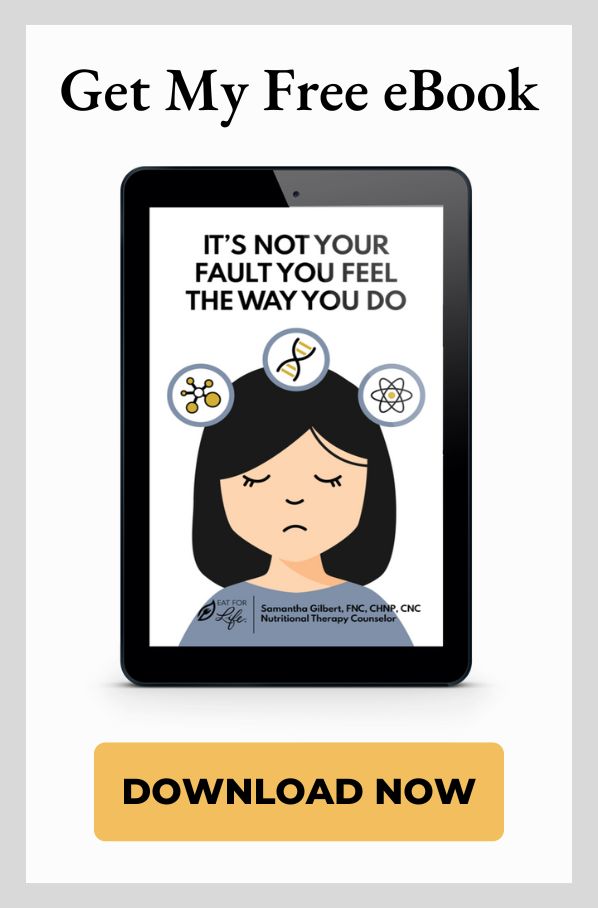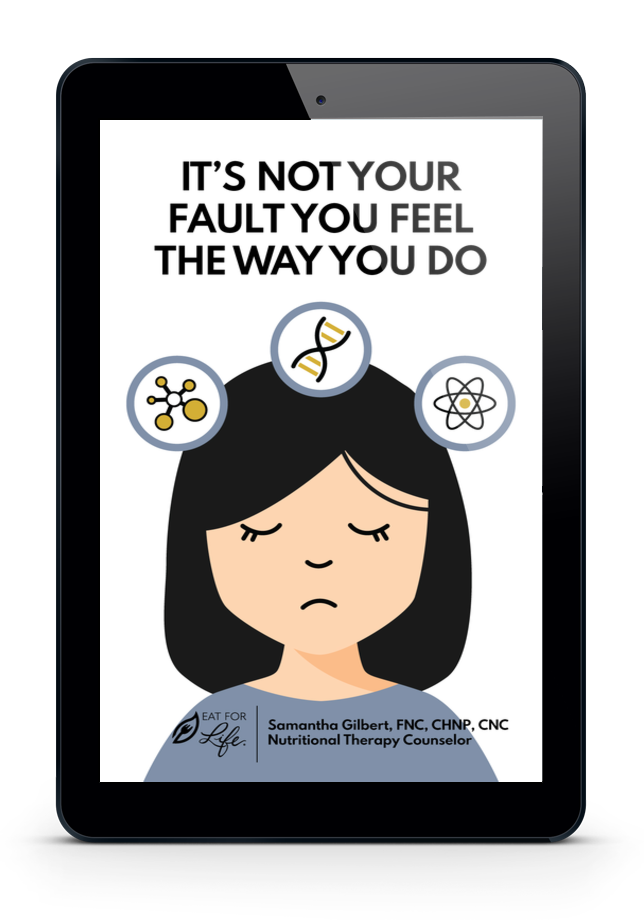Although attention-deficit/hyperactivity disorder (ADHD) is most commonly linked to children, it also affects a large number of adults. In the workplace, ADHD can present unique challenges, such as difficulty with focus, organization, and time management. However, with the right strategies, individuals with ADHD can thrive professionally. In this blog, we’ll explore effective strategies for ADHD in the workplace, providing practical tips to help improve productivity, enhance focus, and create a more manageable work environment.
Understanding ADHD in the Workplace
The neurodevelopmental disorder known as ADHD is typified by impulsivity, hyperactivity, and inattention. In a work setting, these symptoms can manifest as challenges in completing tasks, meeting deadlines, and maintaining organized workspaces. On the other hand, there are advantages to ADHD as well, such as inventiveness, vigor, and the capacity for unconventional thinking. The key is to manage the challenges while leveraging the strengths.

Why Addressing ADHD in the Workplace is Important
Ignoring ADHD in the workplace can lead to decreased productivity, increased stress, and potential job dissatisfaction. By implementing effective strategies, individuals with ADHD can improve their work performance, reduce stress, and achieve a better work-life balance. Employers can also benefit by creating a more inclusive and supportive work environment, which can lead to increased employee satisfaction and retention.
Effective Strategies for ADHD in the Workplace
Create a Structured Work Environment
For people with ADHD, a structured work atmosphere can be quite beneficial. This includes having a designated workspace that is organized and free from distractions. Keeping the workspace clutter-free can help reduce sensory overload and improve focus. It’s also important to establish a consistent daily routine, with set times for specific tasks, breaks, and meetings.
For example, start your day by reviewing your tasks and prioritizing them based on importance and deadlines. Having a clear plan for the day can help you stay on track and avoid the pitfalls of impulsivity or distraction.
Use Time Management Techniques
Time management is often a challenge for individuals with ADHD, but several techniques can help. The Pomodoro Technique, which calls for working in brief, concentrated bursts (usually lasting 25 minutes) interspersed with brief breaks, is one useful tactic. Using this technique can help you stay focused and avoid burnout.
Another useful tool is time-blocking, where you allocate specific blocks of time to different tasks throughout the day. By scheduling tasks in this way, you can ensure that you’re dedicating enough time to important projects while also allowing for flexibility.
Leverage Technology and Tools
There are numerous apps and tools designed to help manage ADHD symptoms in the workplace. For example, digital task managers like Trello or Asana can help you organize tasks and set reminders. These tools provide visual cues that can make it easier to stay organized and on top of your workload.
Additionally, using noise-canceling headphones or white-noise apps can help minimize auditory distractions in a busy office environment. Tools like these can create a more focused work environment and help you stay productive.
Break Tasks into Manageable Steps
Large tasks can be overwhelming, especially for individuals with ADHD. Organizing projects into smaller, more achievable steps might help them seem less overwhelming and easier to finish. Before decomposing a project into its parts, determine its main elements.
For instance, if you have a report to write, start by outlining the main sections, then work on each section one at a time. By focusing on one small task at a time, you can make steady progress and avoid feeling overwhelmed.
Prioritize Tasks and Set Realistic Goals
Setting priorities for your work is essential for managing ADHD at work. Decide which chores are the most crucial and urgent, and concentrate on finishing them first. It’s also important to set realistic goals that are achievable within the time frame you have.
Setting priorities for your to-do list might be beneficial. However, it’s essential to avoid overloading your list with too many tasks, which can lead to stress and frustration. Instead, focus on a few key tasks each day and celebrate your accomplishments.
Communicate Openly with Employers and Colleagues
Open communication with your employer and colleagues is essential when managing ADHD in the workplace. If you feel comfortable, discuss your ADHD with your employer and request any necessary accommodations. These might include flexible work hours, a quiet workspace, or additional time for certain tasks.
Being open about your needs can lead to a more supportive work environment. Your employer may be able to provide resources or accommodations that can help you succeed. It also helps colleagues understand your working style, which can improve collaboration and teamwork.
Practice Self-Care and Stress Management
Managing ADHD in the workplace isn’t just about implementing strategies at work; it also involves taking care of yourself outside of work. Regular exercise, a healthy diet, and sufficient sleep can all help manage ADHD symptoms.
Stress management techniques, such as prayer and meditating on God’s word, deep breathing exercises, and gentle stretching can also be beneficial. Taking time for self-care can improve your overall well-being and make it easier to handle work-related challenges.
Consider biochemical testing and evaluation
The root causes of ADHD are undermethylation, copper toxicity, and gut inflammation. Treating these root causes with nutritional therapy can eliminate attention and focus issues, anxiety, hyperactivity, and overwhelm that plague so many in the workplace.
Challenges and Solutions in the Workplace
Even with effective strategies, managing ADHD in the workplace can still present challenges. Some common issues include difficulty with meeting deadlines, staying organized, and managing distractions. However, by continuously refining your strategies and seeking support when needed, you can overcome these challenges.
For example, if you’re struggling with deadlines, consider breaking tasks down further or seeking assistance from a colleague. If distractions are a problem, experiment with different tools or techniques to create a more focused environment.
Conclusion
ADHD in the workplace presents unique challenges, but with the right strategies and biochemical testing, these challenges can be managed effectively. By creating a structured work environment, using time management techniques, leveraging technology, and prioritizing tasks, individuals with ADHD can improve their productivity and focus. Open communication with employers and colleagues, along with a commitment to self-care, can further enhance your success at work.
Remember that managing ADHD is an ongoing process, and it’s important to be patient with yourself as you implement these strategies. With persistence and the right tools, you can thrive in your professional life and achieve your career goals.






